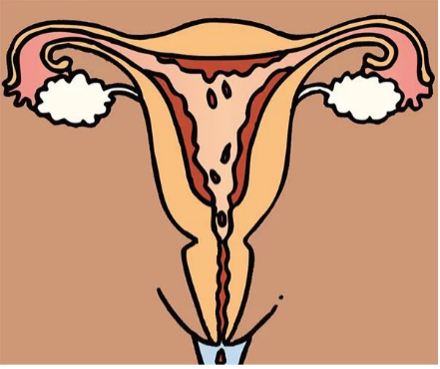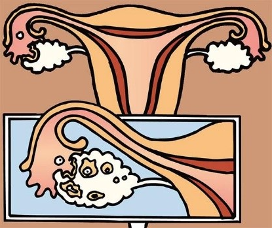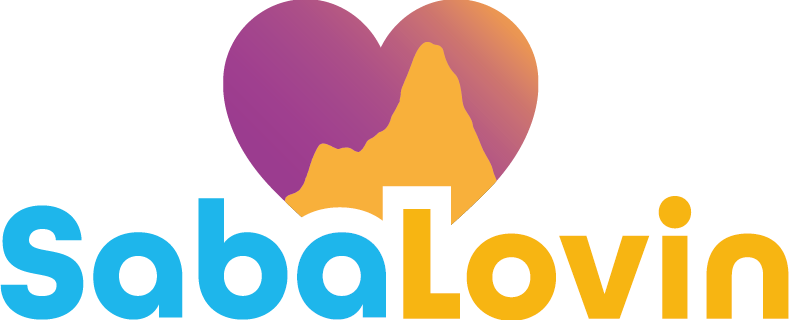Fertility cycle
Once a month your body prepares itself for pregnancy. If you aren’t pregnant, you have a period. Blood and mucus from your uterus are discharged instead of being used for a pregnancy.
From ovulation to fertilization
Every month an ovary releases a mature egg into the fallopian tube. We call this ovulation, and it happens around 2 weeks after your period. If you have had sex without using contraceptives, and a sperm has found its way into a fallopian tube, fertilization may take place. You become pregnant. The fertilized egg travels along the Fallopian tube to the uterus.
Bed of mucous membrane
Once a month your hormones simultaneously ensure that the wall of your uterus develops a thick layer of mucus and blood. It is actually like a bed of mucous membrane. If you become pregnant, the egg that has been fertilized by the sperm has a soft landing on that bed and snuggles down in it.
No fertilization: a period
If no egg is fertilized and you’re not pregnant, that bed of mucous membrane has no function anymore. That is why your body repels the inner wall of the uterus: blood and mucus come out of the vagina. This blood and mucous have actually come from your uterus.
Your menstrual cycle starts with your period. That is day 1.
Ovulation: approximately 2 weeks later an ovary releases an egg into the fallopian tube. This egg then travels to the uterus. You can get pregnant around this time.
If the egg isn’t fertilized by a sperm, it dies. Approximately 2 weeks after ovulation, the egg and the mucous membrane pass out of your uterus: you have a period again.


Puberty
Breasts
You develop breasts during puberty. This could start in a girl of 8, but also in a girl of 14. Age varies for all girls.
Vulva
The vagina
Menstruation
During puberty, a girl has her first period. For about 5 days, some blood, mixed with mucus, flows from your vagina. You can use tampons, sanitary pads or cups to soak up the blood and mucus.
